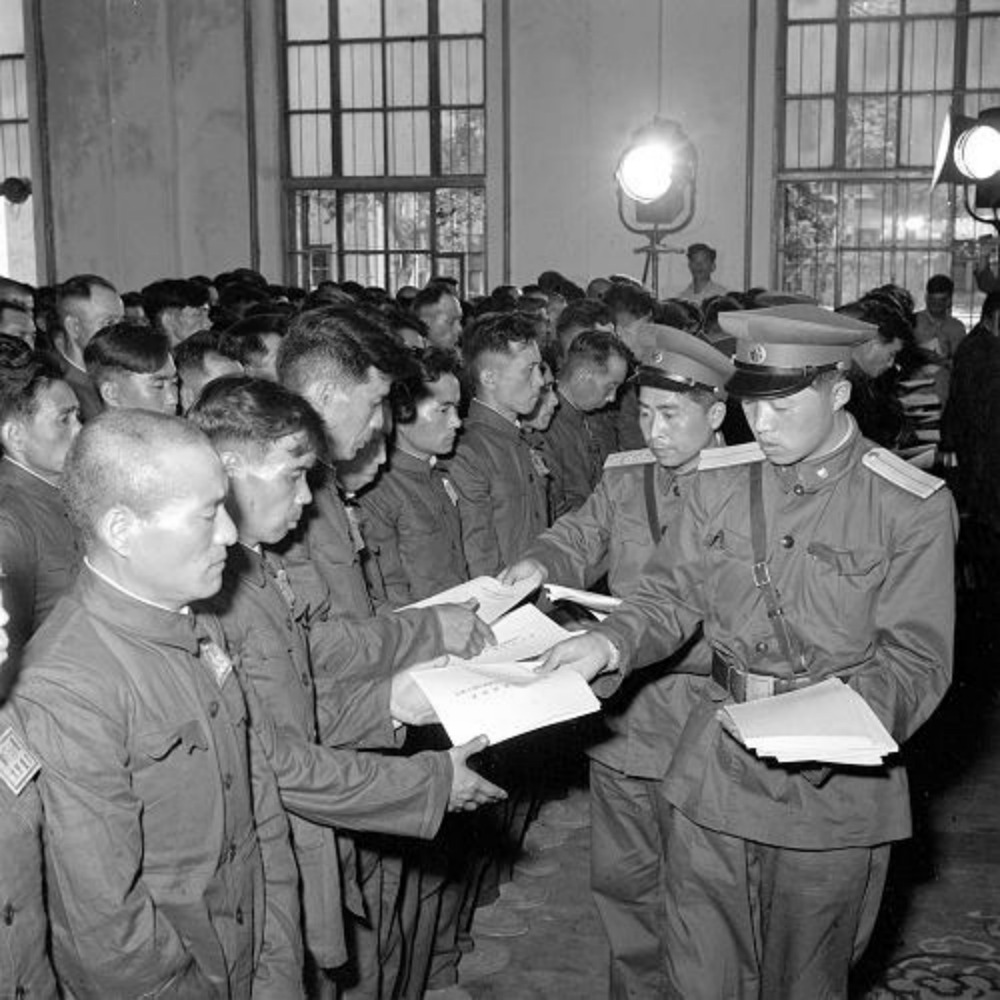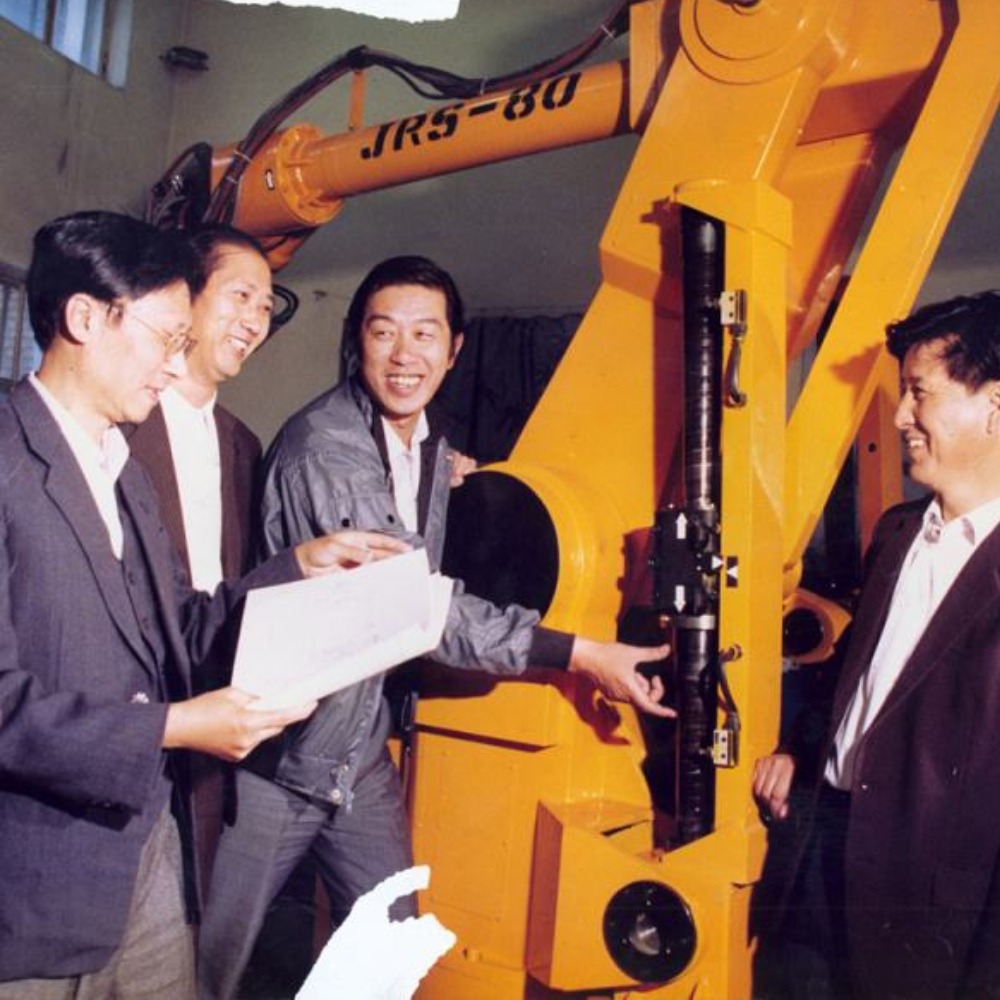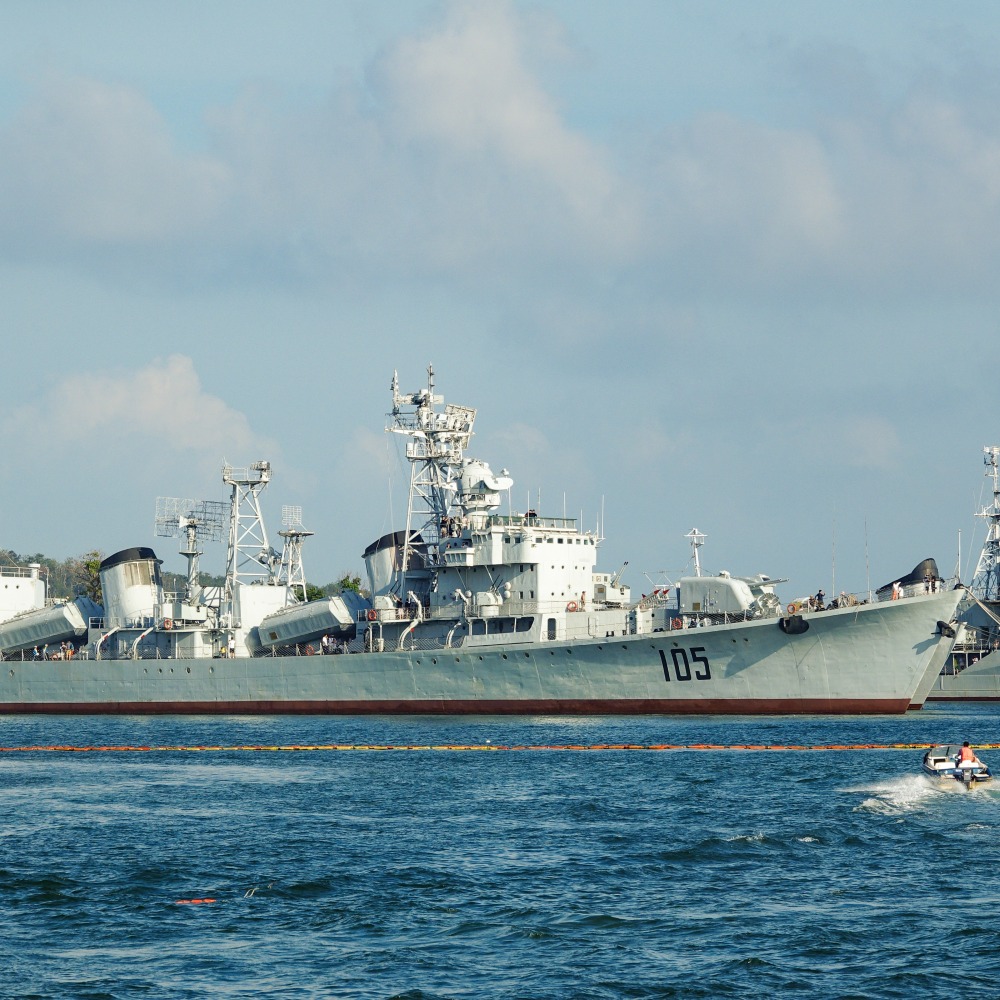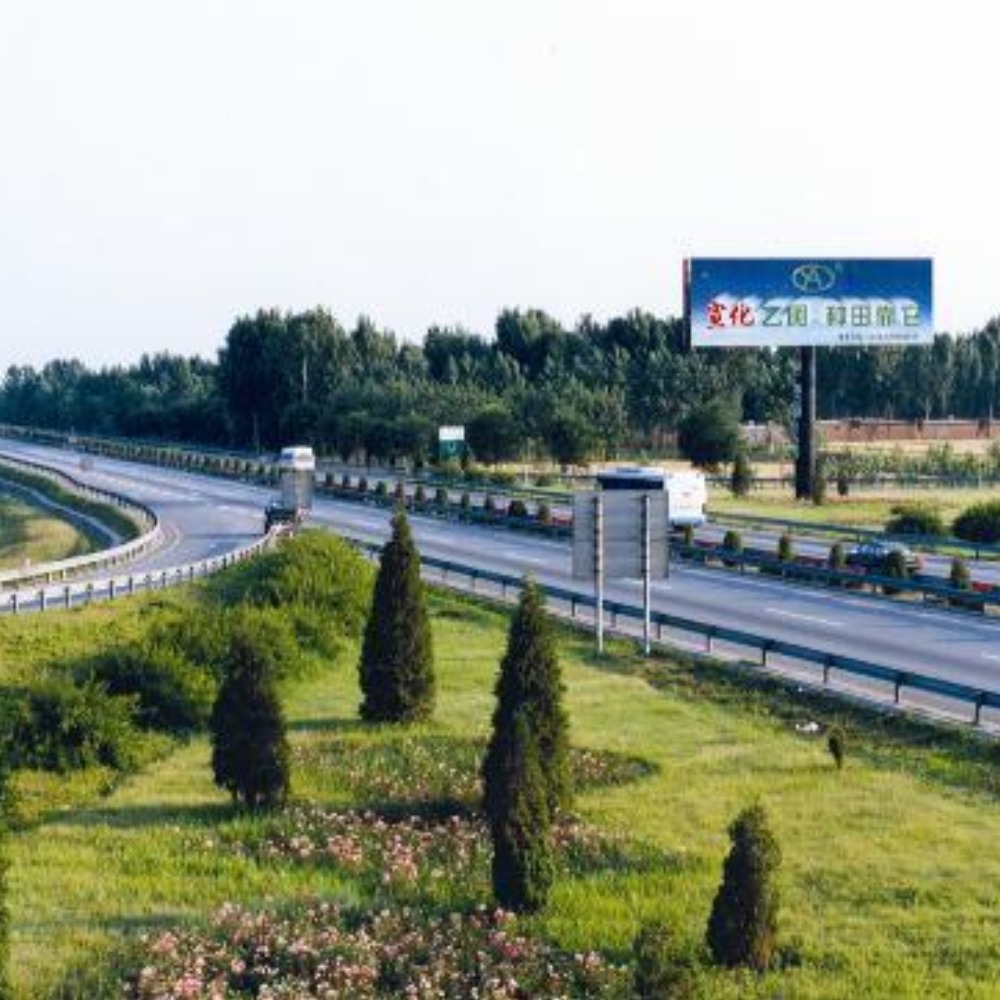Published : 2024-07-07
On July 7, 1937, the "July 7 Incident" (七七事變), also known as the "Lugou Bridge Incident" or "Marco Polo Bridge Incident", broke out.
That night, during an exercise near the Lugou Bridge, located southwest of Beiping (now Beijing), the Japanese army requested access to the town of Wanping County (now Marco Polo Bridge Town) to conduct a search under the pretext of a "missing" soldier.
After being refused by the Chinese defenders, the Japanese army opened fire and bombarded the area, launching a fierce attack.
In fact, since the "September 18 Incident" (九一八事變), also known as the "Mukden Incident" in 1931, the Japanese army had annexed Northeast China and continually moved troops into key areas to further provoke a full-scale war.
By 1936, the Japanese army had surrounded Beiping from the east, west, and north. Starting from June of the following year, the Japanese troops stationed in Fengtai had been conducting provocative military drills.
The July 7 incident marked the beginning of Japan's full-scale invasion of China, and the War of Resistance Against Japanese Aggression officially broke out.
After the establishment of the People's Republic of China, official and public large-scale commemorative events are held every year on July 7, although it has not been officially set as a memorial day.
In 2021, a commemoration ceremony for the 84th anniversary of the outbreak of the War of Resistance Against Japanese Aggression was held at the Museum of the War of Chinese People's Resistance Against Japanese Aggression.































